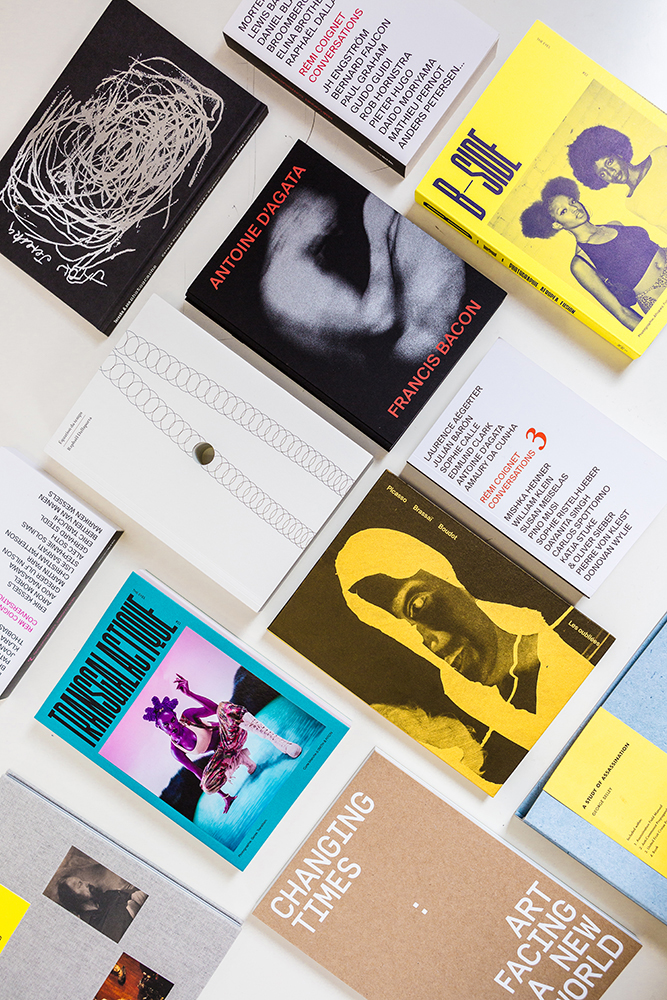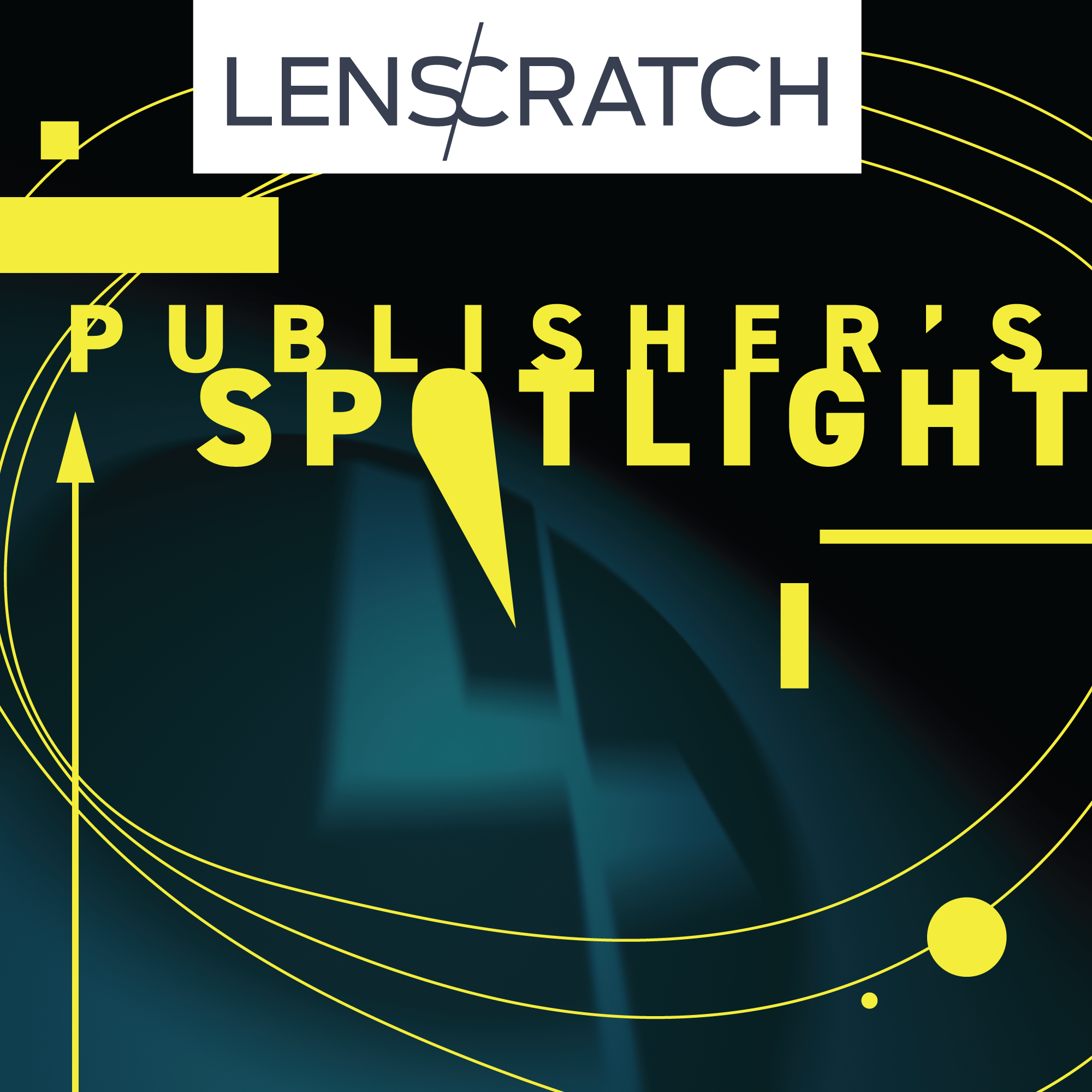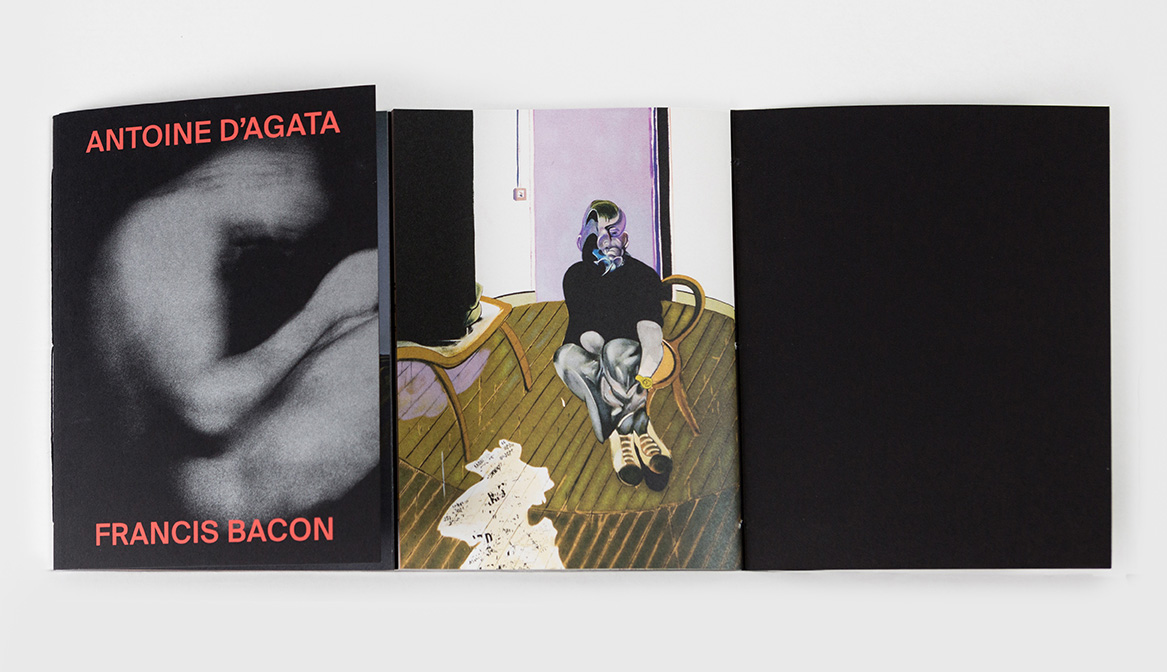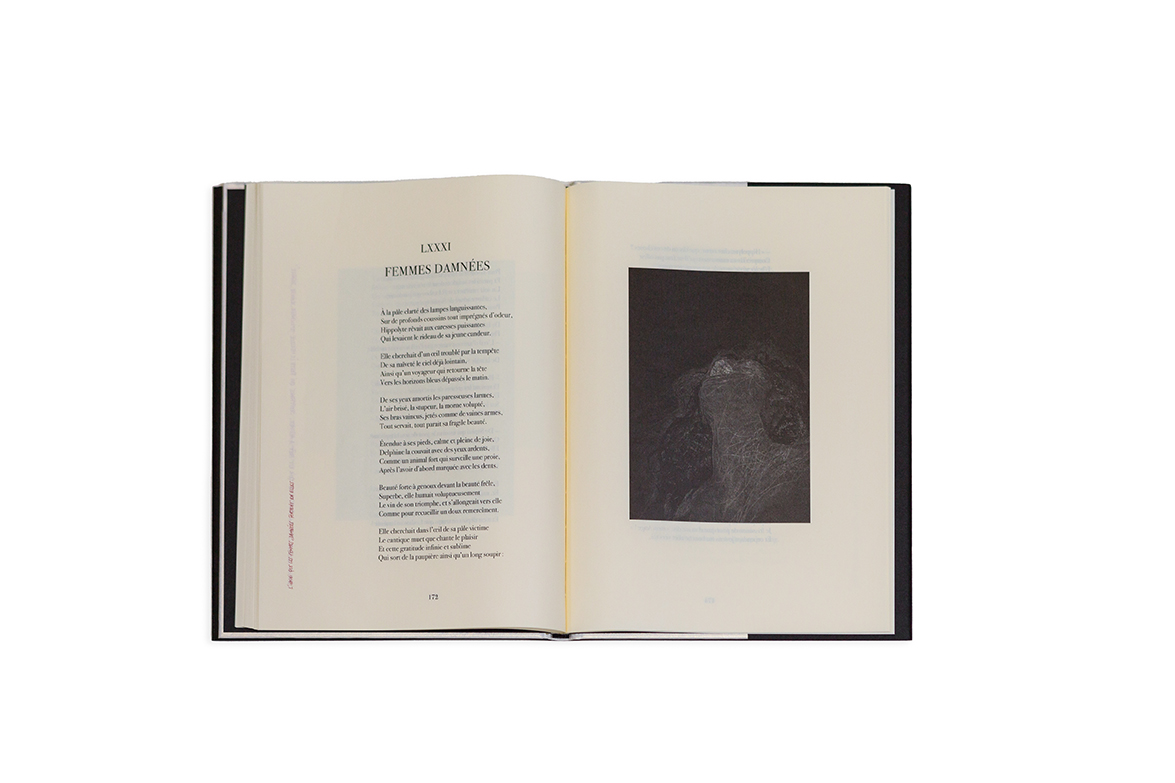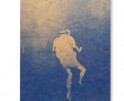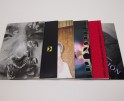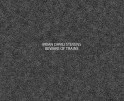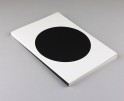Publisher’s Spotlight: The Eyes Publishing
This month is all about books on Lenscratch. In order to understand the contemporary photo book landscape, we are interviewing and celebrating significant photography book publishers, large and small, who are elevating photographs on the page through design and unique presentation. We are so grateful for the time and energies these publishers have extended to share their perspectives, missions, and most importantly, their books.
The Eyes Publishing develops editorial projects, advisory services, and events in the field of photography and the visual arts. They produce monographs, artists’ objects and essays focusing upon the image and photography. They also participate in photographic fairs and festivals in France and abroad to promote their publications (Rencontres d’Arles, Unseen, Paris Photo, etc). Their flagship publication, The Eyes, is an annual bilingual magazine.
Photographer Michael Honegger interviewed Veronique Prugnaud and Vincent Marcilhacy, publishers.
Follow The Eyes Publishing on Instagram: @theeyesmag
What is your mission as a publisher?
Our mission as a publisher is to bridge the gap between the public and the artist to show work that makes sense. For us as a publisher, to make sense is to imagine an object and an original concept in collaboration with an artist who seems for us to have a strong artistic and meaningful proposal. To make sense is also to publish committed subjects, topics seldom documented, which seem important for us to expose. Our mission is also to partner with artists in the bookmaking process which has its own role in the field of photography.
What is the focus of your selections?
We work mainly around three axes. Firstly, our annual periodical, The Eyes, which has become a kind of manifesto for us. Each year we choose a theme that raises a significant social issue and work around it with the contribution and expertise of an artist guest curator (recently Transgalactic with SMITH and B-Side with Johny Pitts). Then we mainly work on two types of books. Artistic interactions that create a new perspective between works of different periods and forms. The recently published “Les Oubliées” presents an encounter between Picasso, Brassaï and a young artist, Anaïs Boudot, focusing upon the glass plate. Finally, we publish a few monographs on emerging talents whose proposals appeal to us. We produced the first book by the British photographer George Selley, A Study of Assassination, based on declassified CIA archives, and we are preparing Camille Gharbi’s first monograph on domestic violence.

B-Side, ©Rémi Bourdeau and Transgalic, ©Juliana Huxtable, covers The Eyes#11 and The Eyes#12, Sarah Boris Studio
What are the difficulties that you encounter as a publisher?
We have many ideas for editions or artists we would like to publish but the biggest difficulty we face is funding. A photo book is expensive to produce. The ratio of manufacturing costs to production costs is very low. You must be passionate about making photo books and above all have consulting missions on the side that finance part of the publishing projects.
How can an artist get their work in front of you? Any advice for photographers?
We cannot meet with all photographers who request it, but we do our best. We also take part in portfolio reviews which sometimes reveal work that we think is worthy of publication. This is the advice we would give to photographers. Participate in portfolio reviews, awards, residencies… and be patient.
How do the economics work between the publisher and artist? Does the artist normally contribute financially to the process? If so, to what extent?
It depends. In an ideal world, we would prefer not to ask artists for a financial contribution. This has been the case in recent years. But as I said before, the economic model of the photo book is fragile. It seems essential to us that the author contributes a minimum in the search for funds, whether it is with their contacts or supporting partners. It can also be with the support of a venue or a festival likely to exhibit the work in conjunction with the release of the book.
Is the book design process collaborative?
In most cases, we work in collaboration with the artist and the graphic designer on the design of the object. The photographer can suggest a graphic designer with whom he or she would like to work. This was the case with Raphaël Dallaporta. We then work together on the design of the object. We always keep the artist involved in the various stages of the book production process. It is important for us to work in a collaborative way and make sure our work is in line with his/her editorial approach. It is essential for us to think collaboratively about the presentation of images, the editing, and the design of the object, in order to respect the meaning that the artist has for their work / series.
What have you published that has been particularly meaningful?
We would like to focus upon the important work we have done for the re-edition of Charles Baudelaire’s Les Fleurs du Mal with Antoine d’Agata. For more than two years we have been thinking about this project and have completed it in a way that seems very satisfactory to us. If the meeting between Baudelaire and d’Agata could be obvious, it was not easy to see how to make these poems of the mythical collection of the Fleurs du Mal dialogue with the work of d’Agata, also very well-known but above all anchored in the twentieth century and even in the present. Together with Antoine d’Agata, we chose to transform a set of his photographs into engravings, a visual form that could interact with Baudelaire’s poems. In a time when photography was in its infancy, Baudelaire appreciated the medium but only found in it a means to represent either portraits or landscapes. The photogravures by Antoine dAgata that accompany this original edition of Les Fleurs du Mal (the 1857 edition that included the poems censored at the time) create for us a particularly fertile alchemy between the two artists and carry us to another plane.
How many titles do you normally publish in a year and what new editions are on the horizon?
We publish around six books a year and an annual periodical. Each of these projects takes time and commitment on our part. We sometimes work for two to three years on a project. During the pandemic we discovered a book from 1870 in the attic of the house where we were confined. This book is a nugget on the education of women in France at that time with edifying engravings on the status of women who were only meant to be married. It took us some time before we thought of a duo of artists, Elsa and Johanna, and all together to bring out a meaningful concept for the re-edition of this book in images. We hope it will be released in Spring 2022.
What specific support do you give artists? Do you have distribution and do you attend book fairs?
The role of a publisher is to accompany the artist throughout the process of producing the book: from its conception to its distribution and communication, including the search for funding. We think in tandem about the object, the graphic design, the editing. We also suggest papers and ideas for covers according to the allocated budgets. We then work with specific printers according to the type of book and a distributor in Europe and internationally. We also carry out a communication and media plan on our side and participate in fairs such as Unseen or Paris Photo. In some cases, we even go further in promoting our books and topics to targeted places or festivals for greater visibility. A prime example is Camille Gharbi’s project on domestic violence. This strong and original project on the perpetrators of domestic violence must be made visible to the greatest audience and through the press for what it shows and documents. This is also the power of photography.
Posts on Lenscratch may not be reproduced without the permission of the Lenscratch staff and the photographer.
Recommended
-
Publisher’s Spotlight: Smog PressJanuary 3rd, 2024
-
Publisher’s Spotlight: Kult BooksNovember 10th, 2023
-
Publisher’s Spotlight: ‘cademy BooksJune 25th, 2023
-
Publisher’s Spotlight: Brown Owl PressDecember 10th, 2022
-
Publisher’s Spotlight: DOOKSSeptember 26th, 2022

